Don't put your yoga mat directly on the carpet.
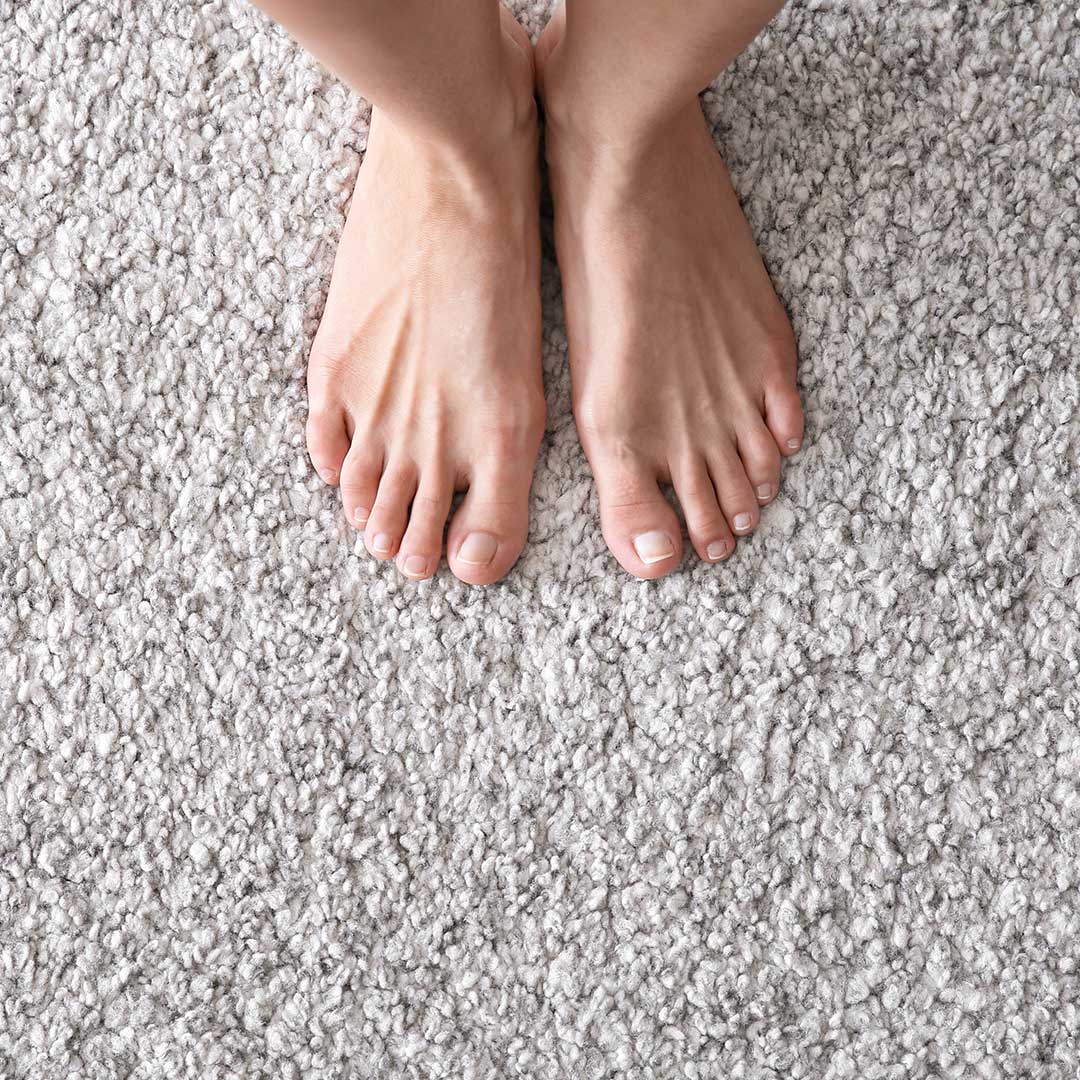
When the yoga studios were temporarily closed during the pandemic we learned to experience our practice at home, During that time, I started to develop wrist pain and difficulty with balance poses. These issues were caused by practicing on carpet. While on the whole, yoga is one of the easier exercises to move to a home space, there are definite cons to working out on an uneven surface. I’m going to write a bit about them below as I think they are important for your own practice and well-being. Let’s get into it….
The key issues are:
- Alignment
- Wrist Injuries
- Stability & Focus
Alignment
Soft flooring interferes with a nuanced practice. Yoga poses are composed of contrasting actions. You are lengthening one area, while holding or contracting another area. It is a dance between Mulha (Roots) and Uddiyama (Upward Movement of Energy), and much of this occurs in your hands and feet. Consider how your foot is placed in Trikonasana (Triangle Pose). Can you root the ball of your foot, while lifting your arch at the same time? Consider your hand placement in Adho Mukha Svanasana (Downward-Facing Dog Pose). Can you shift the weight from the palm of your hand to the base of each finger, while maintaining the natural inside arch of the hand? These subtle adjustments exist so your movements align with your anatomy. Not only do they serve to prevent injuries, they are also essential to healing your body of tensions that you have accrued with age and lifestyle.
Wrist Injuries
Wrist injuries are a common complaint among yogis. Perhaps we come to the table with long hours at a computer keyboard (carpal tunnel), or we’ve had a hard fall, or even doing the asanas can cause strains for beginners. Practicing on a soft surface (i.e. your mat directly on a carpeted floor) further exacerbates this weakness. Yoga practice is rooted in bearing weight on the hands. Wrist injuries can be especially demoralizing if you prefer a vinyasa-based style. We bear weight in our hands and wrists throughout the classic Sun Salutation series, including Plank Pose, Chaturanga Dandasana, Urdva Muka Svanasana (Upward-Facing Dog Pose) and the beloved Adho Mukha Svanasana (Downward-Facing Dog Pose). Protect the work or art, that is you!
Stability & Focus
The Yoga Sutras are widely considered to be the founding text on yoga. This set of 196 aphorisms explain how to cultivate one’s path to samadhi, a blissful state where the practitioner is at one with the divine. There are 8 sequential stages in an individual’s life journey. These passages are not necessarily end goals. They are not conquered because we are all continually learning, but they are meaningful.
Pratyahara is the 5th “limb”. Mark Stephens (http://www.markstephensyoga.com/) succinctly describes it. He writes: The practice of pratyhara is to draw the senses inward, relieving them of their external distractions. (This) is addressing the tendency of the mind to go toward whatever is stimulating the senses and thoughts. (Yoga Sturas 11.51). As we sense, so we think, and as we think, so we tend to act. By internalizing consciousness, pratyhara allows us to leave external circumstances in abeyance. What might otherwise be an annoying sound or smell is now just there. Without pratyahra, a bead of sweat gathering on your brow might distract you from your breath or concentrated awareness. Now those sounds and sensations are simply there, while your awareness is turned inward. This opens us to a state of focused concentration, or dharana, which one needs to achieve samandhi, or bliss.
Stability becomes important when instability becomes distracting. For me, practicing yoga at home is already a challenge. It takes effort just to stay engaged. Added to this, practicing on carpet was making it so much worse. I found it uneven, spongy and adding my sweat to it was off-putting. I was having a hard time just finishing a class. The Root Board has removed all these troubles with its stability and antibacterial and antimicrobial capabilities.
For many of us, the ideal location for our home yoga sanctuary happens to be carpeted. For me, it is my bedroom. It’s quiet, it’s private, and it’s the only place I can consistently find peace. In both my experience and in my study of the subject I have found practicing yoga with a mat- no matter what mat you have- directly on carpet will wreak havoc in your body’s ability to find alignment. It will put you at risk of injury to your hands, wrists, ankles and feet. And finally, it will limit your ability to maintain your focus. I urge you to place your mat on a bamboo or hardwood surface. I found that using a board such as this, and taking my favorite teacher’s live zoom class, resets my attitude and helps me get back to the practice I love and rely on.
Here is a DIY solution video we posted on Youtube, TheRootBoard.com has DIY Instructions, an accompanying PDF and a follow up blog post on the finer details of the build. Building your own requires a fair amount of time 4-8 hours) and it isn't as cheap as it once was (material costs in the range of $80-$100. Of course we recommend that you check out the Root Board. We developed it expressly for this situation. And we use it every day. But again, whether you buy from us, someone else, or build your own, get yourself a hard surface to practice!

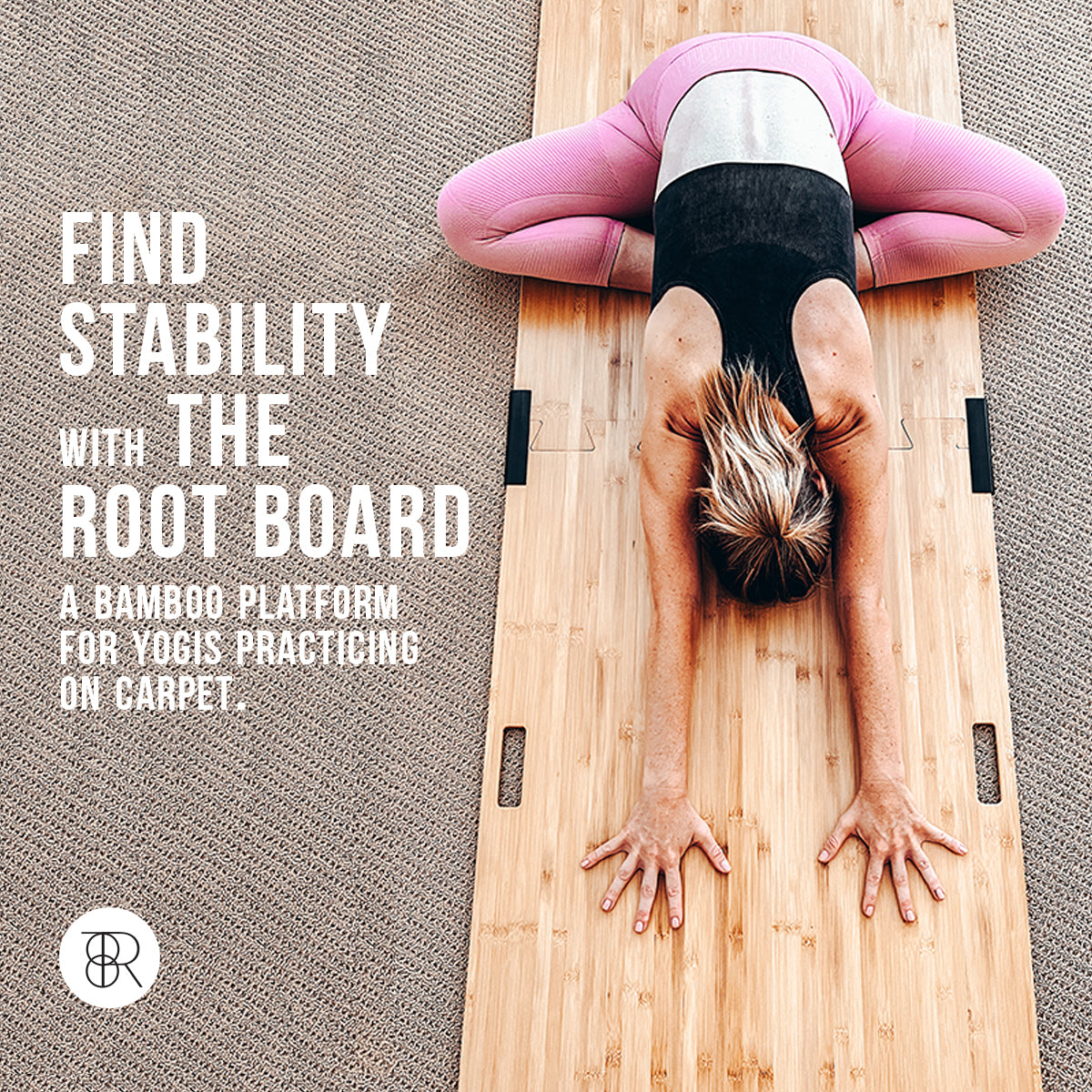
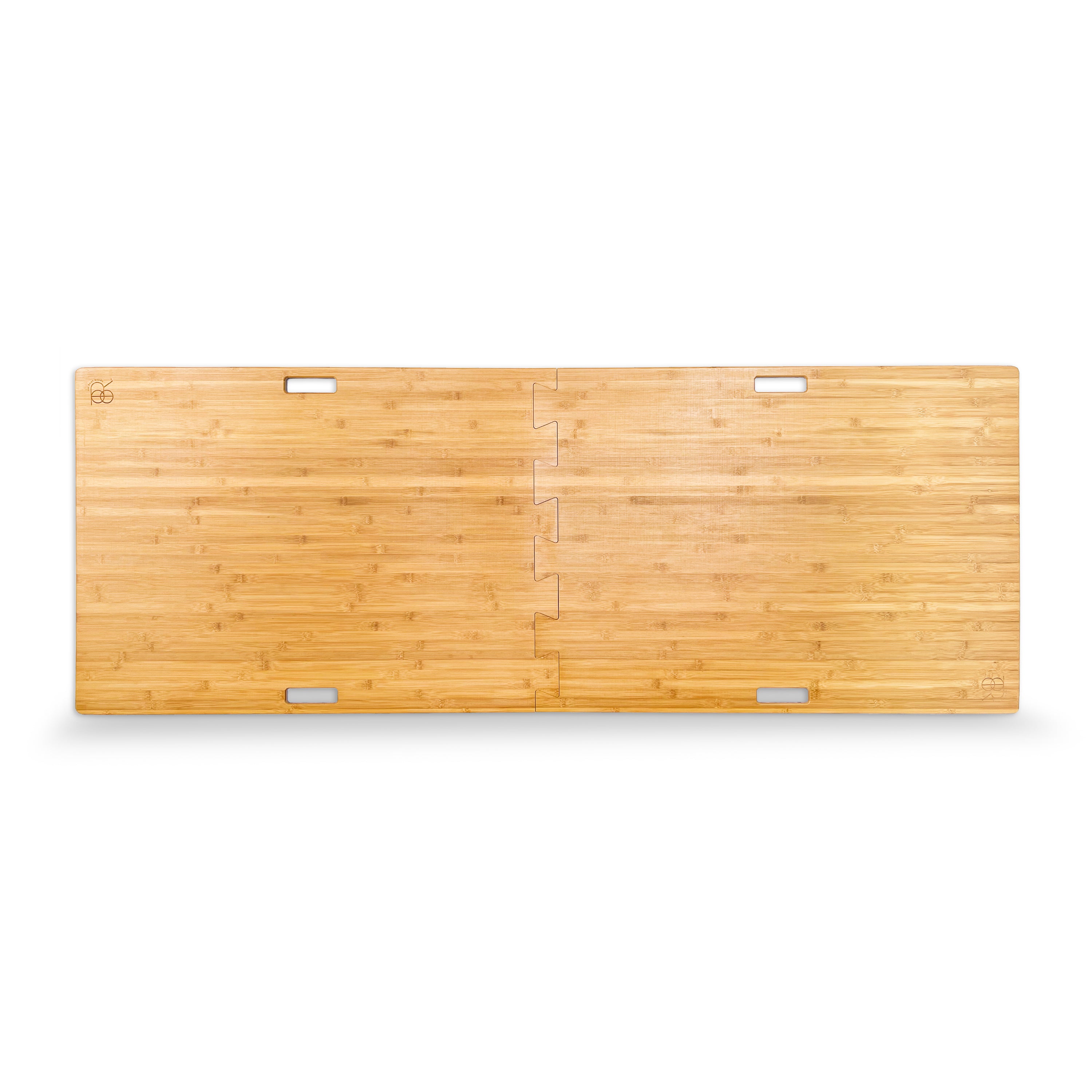
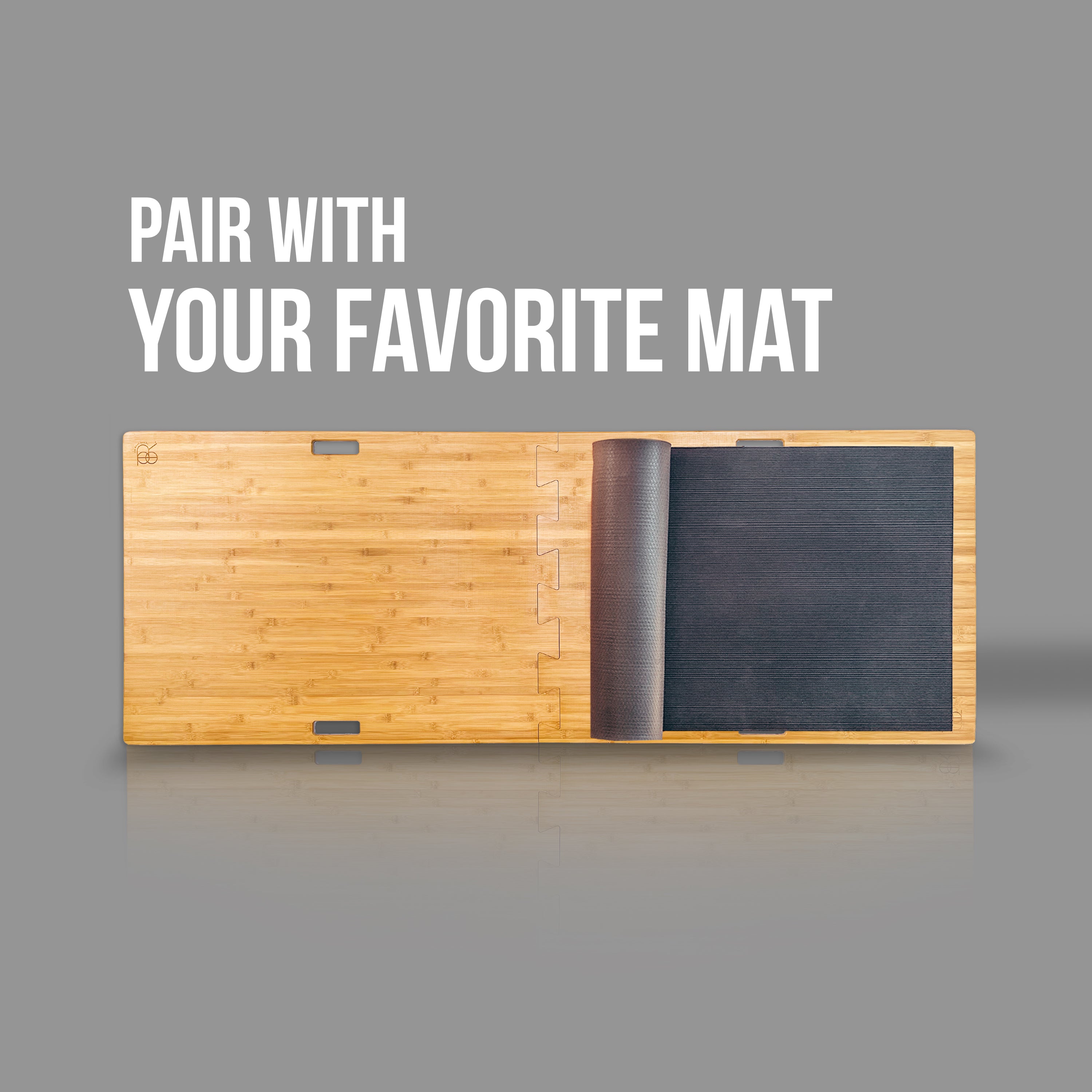
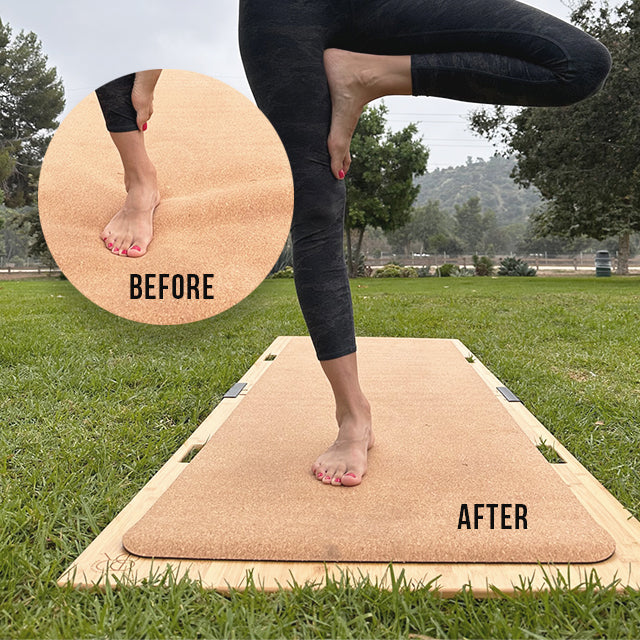
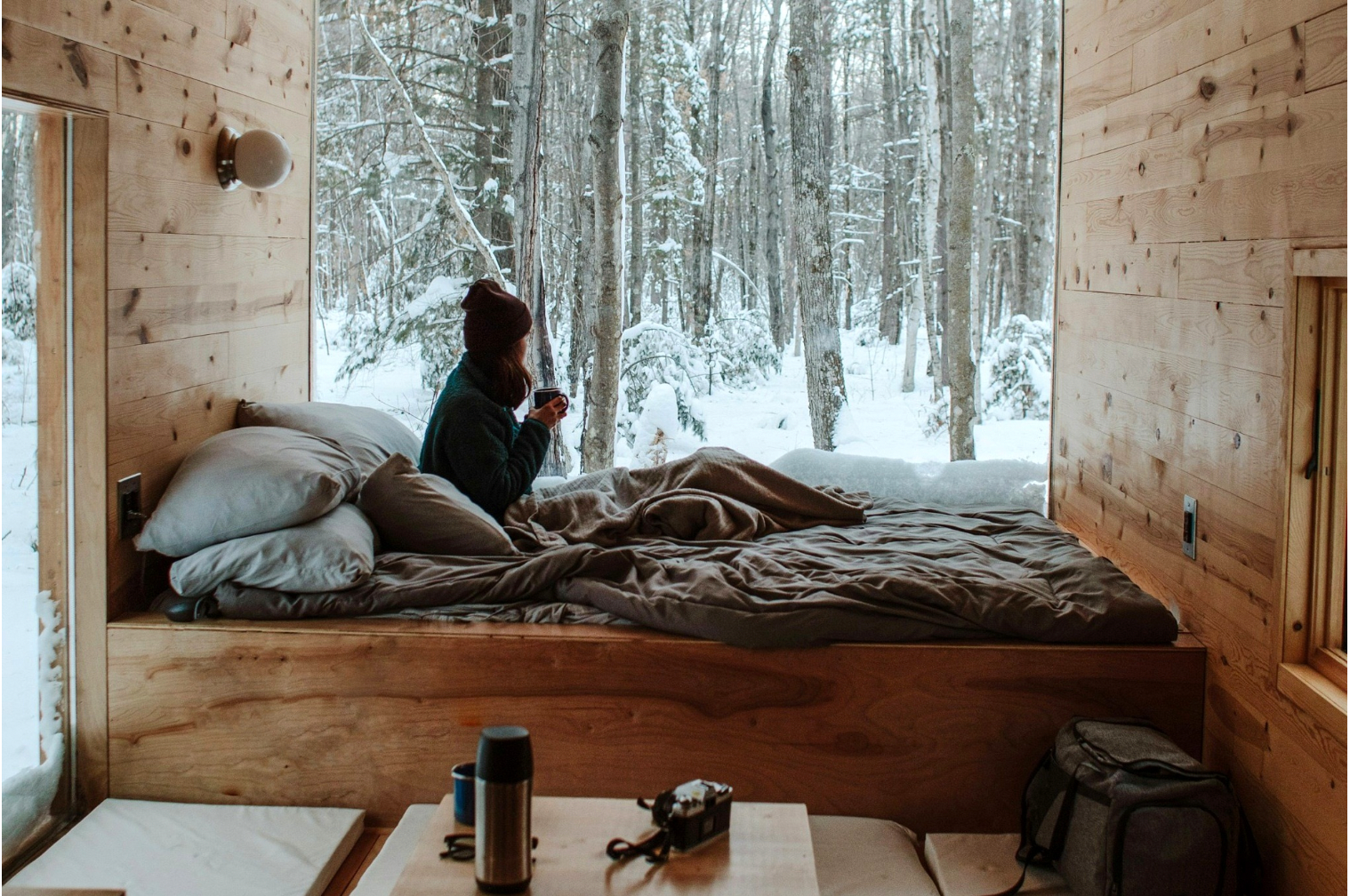
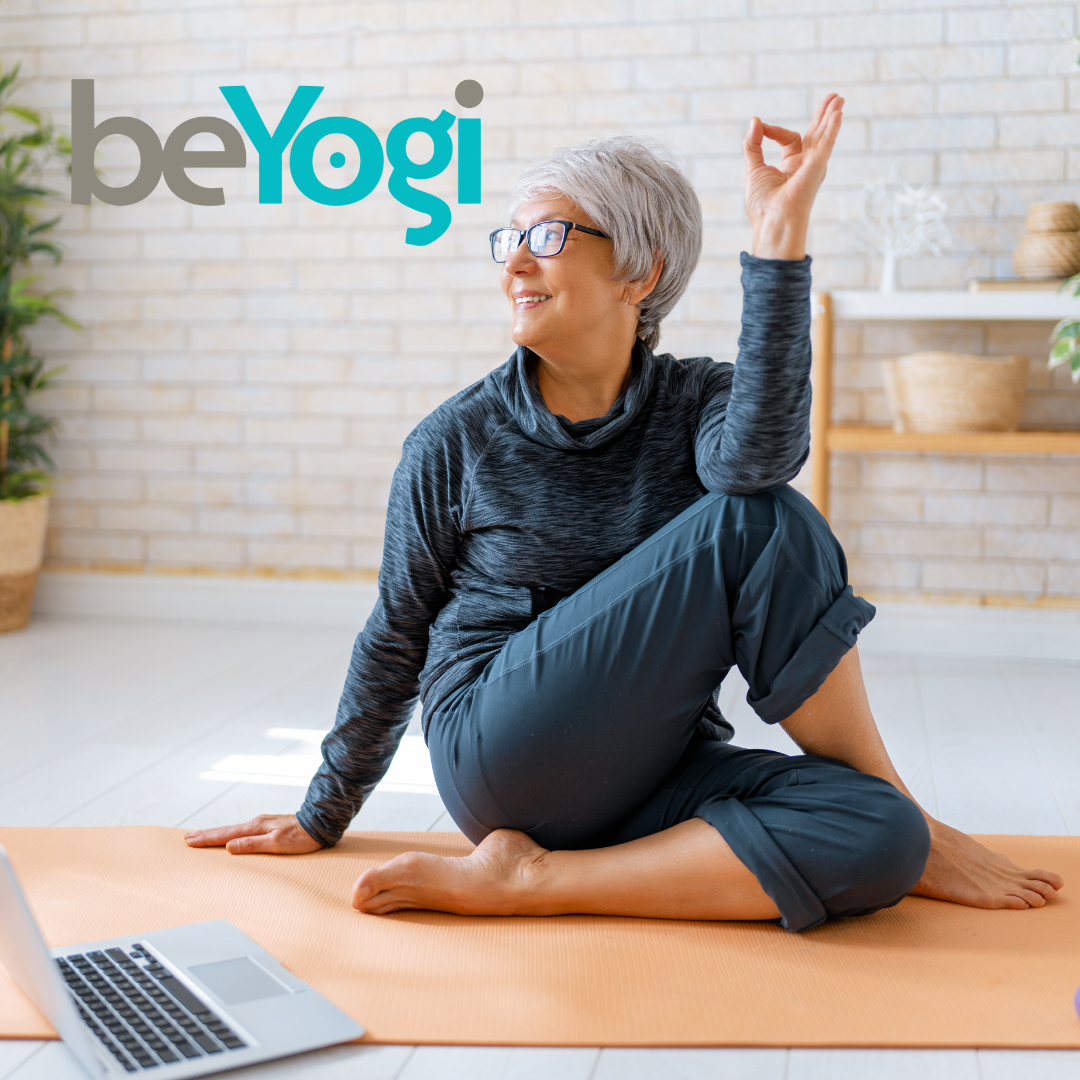
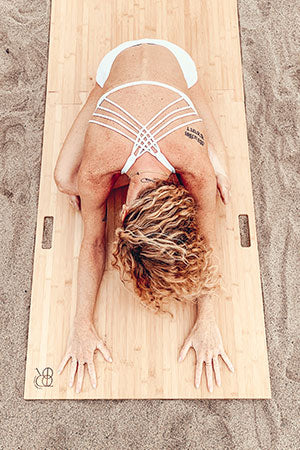
Comments